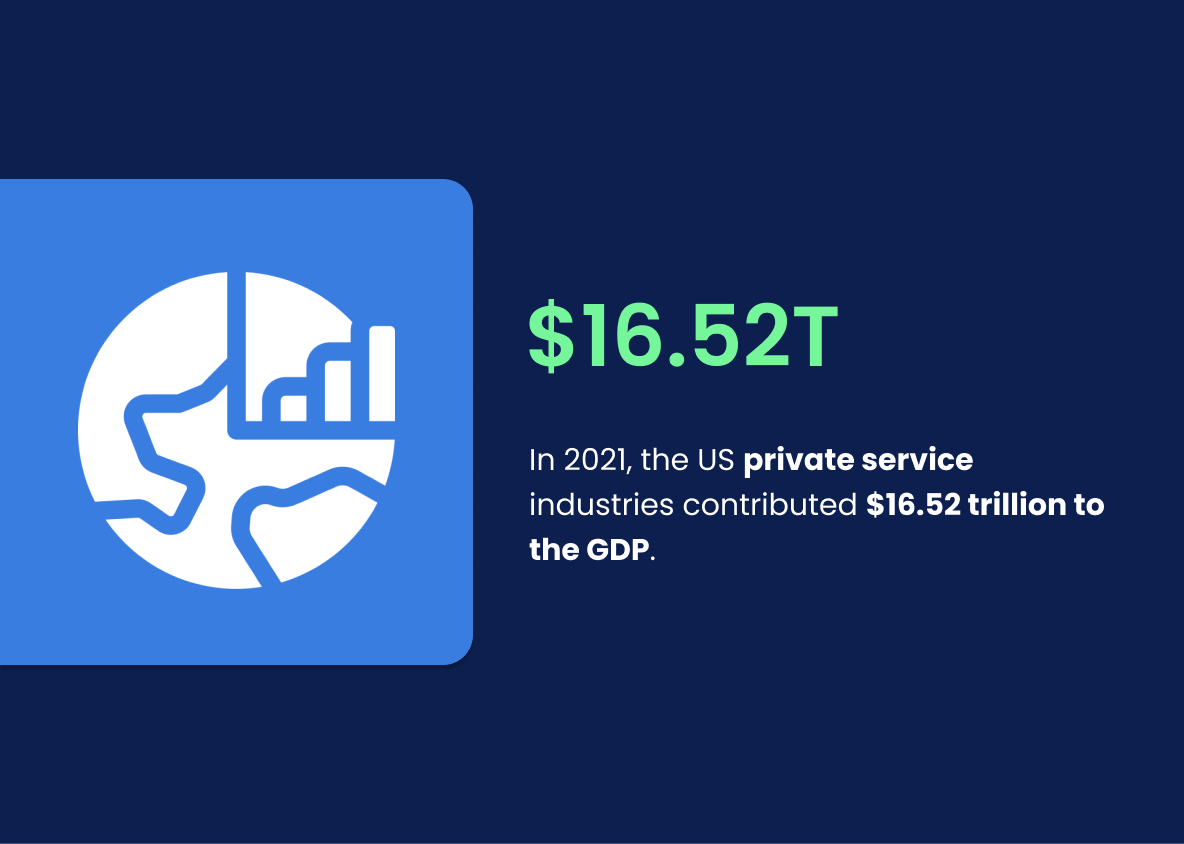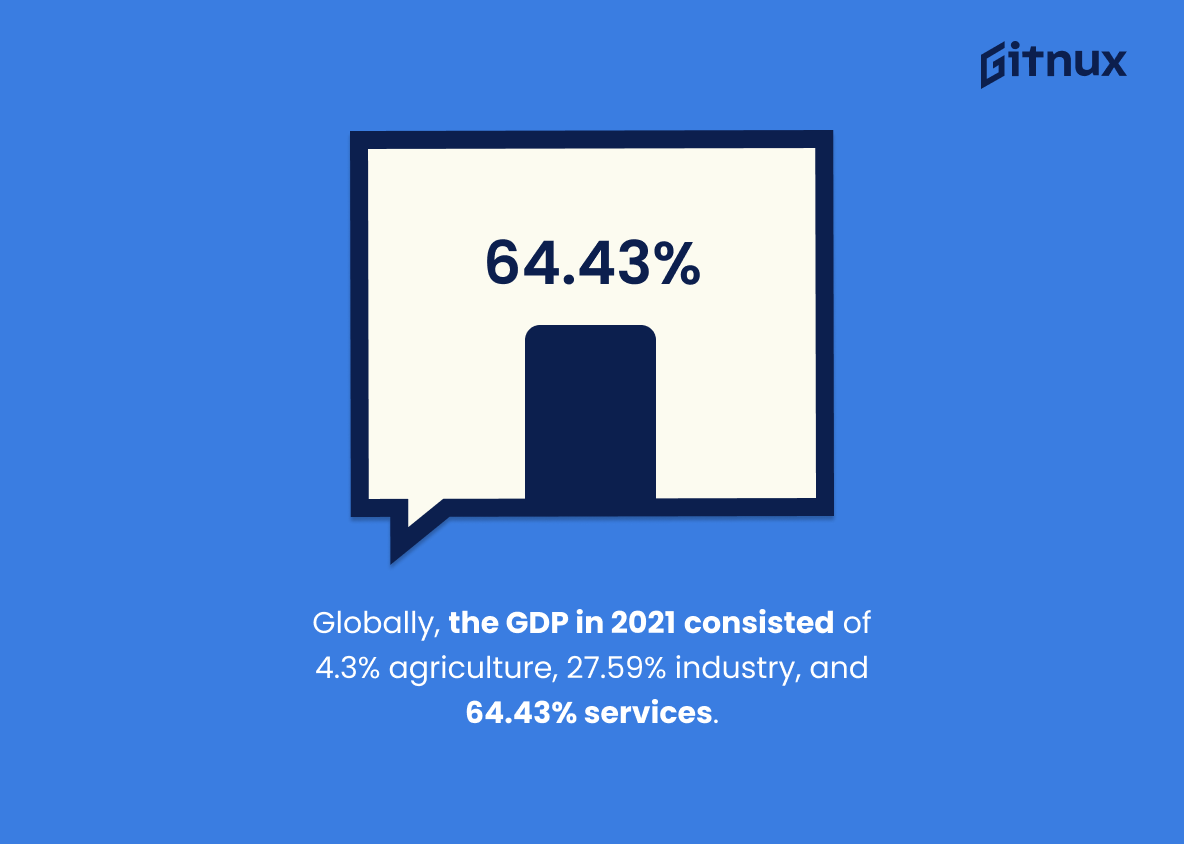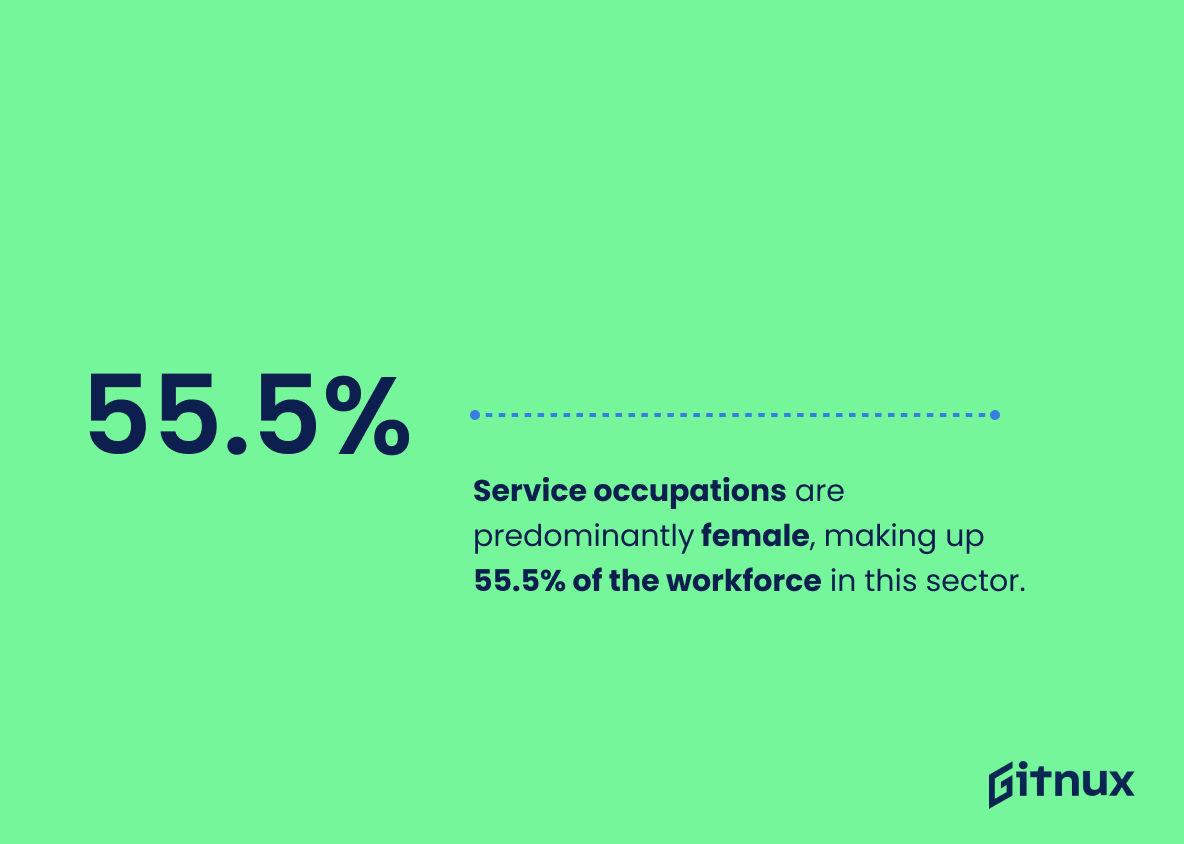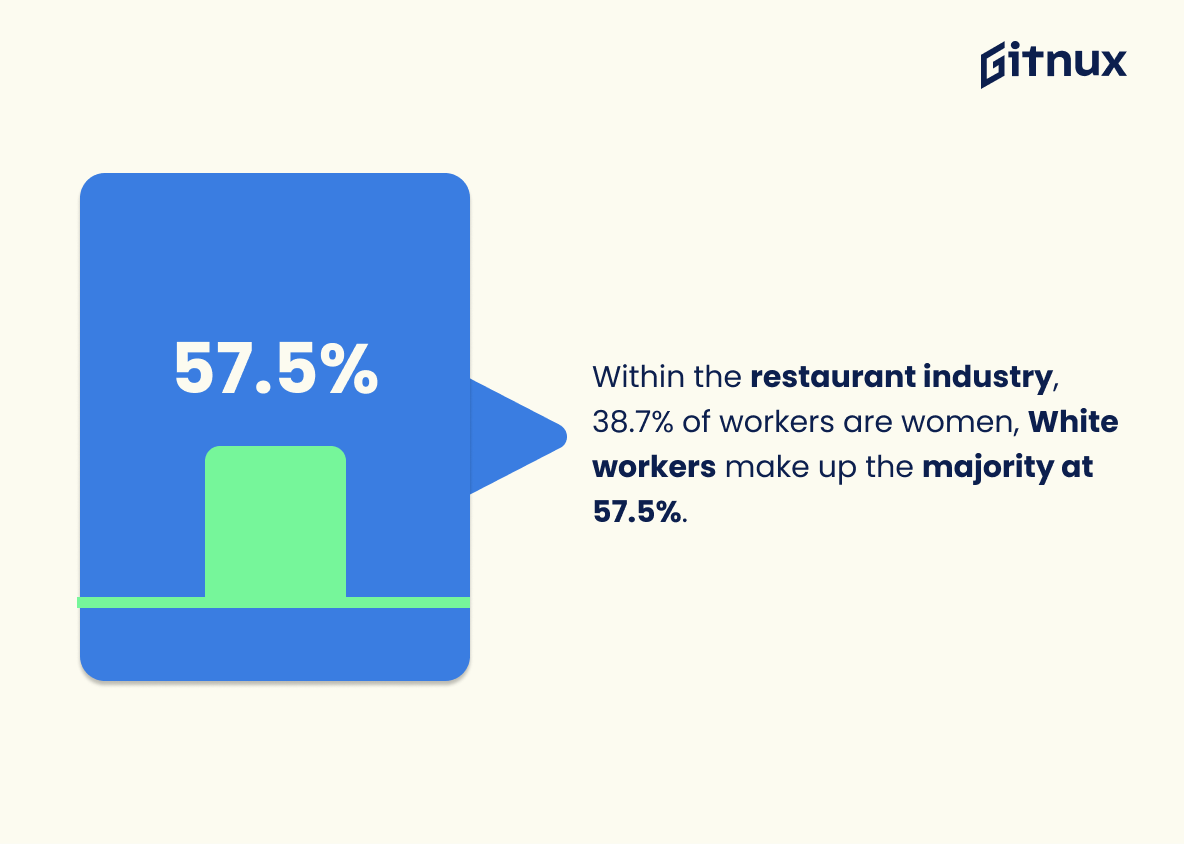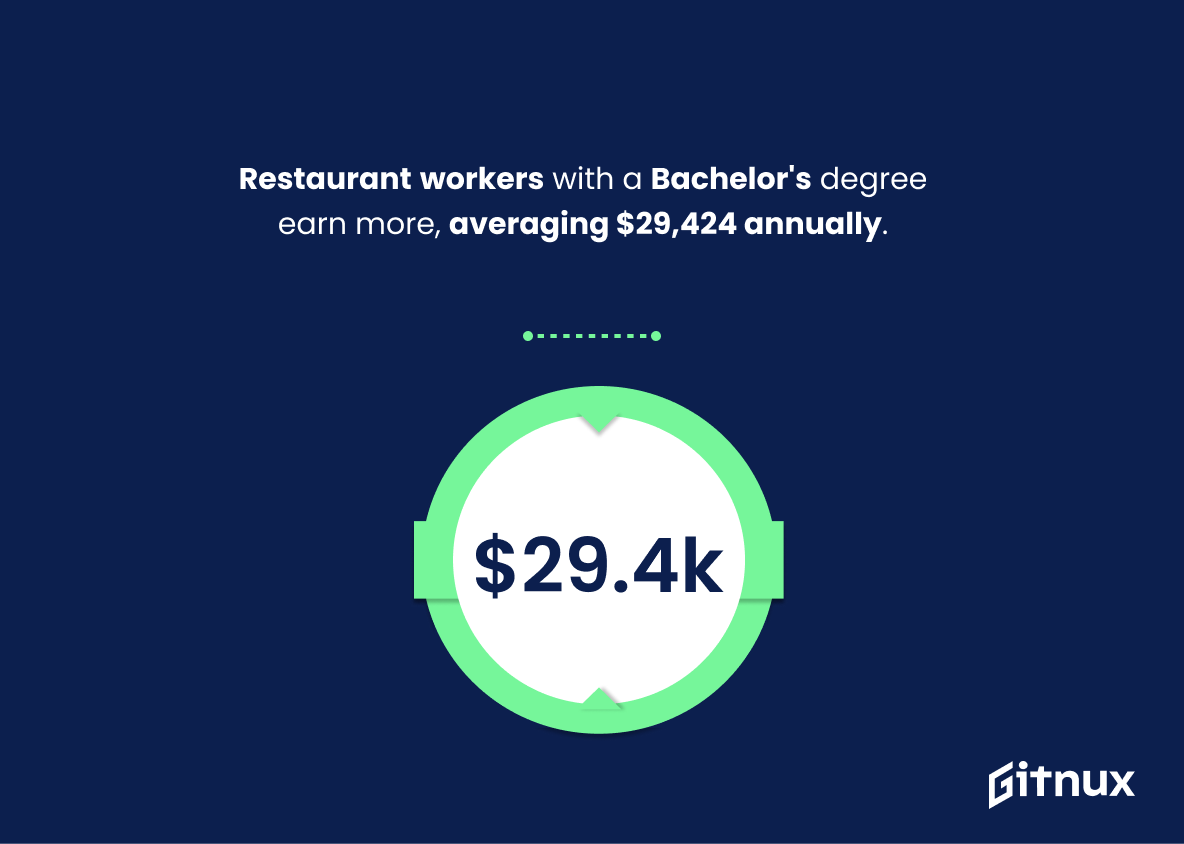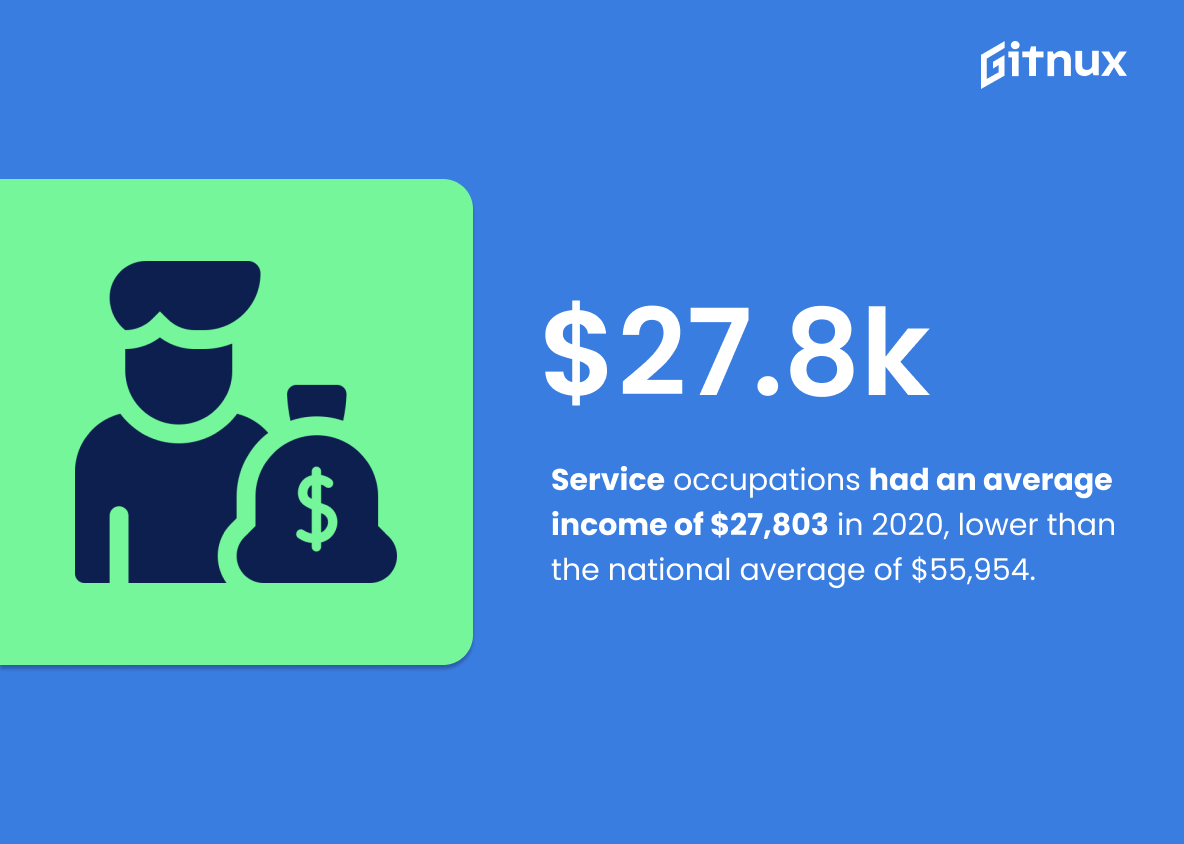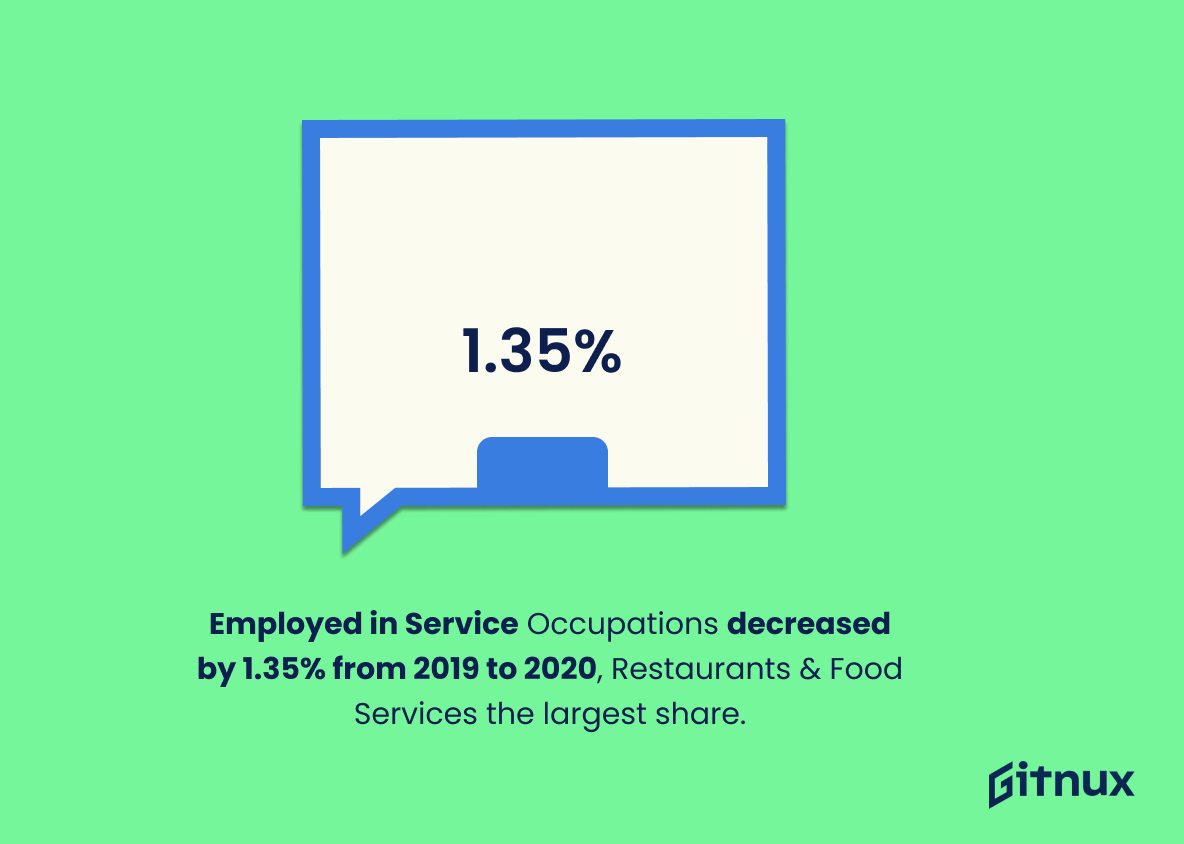The services industry is one of the most important sectors of the global economy, accounting for more than two-thirds of the world’s economic output. As such, it is essential to understand the latest trends and statistics in order to make informed decisions about the future of the industry.
In this report, we will explore the latest services industry statistics, including the size of the industry, the types of services provided, and the economic impact of the services industry. We will also discuss the implications of these statistics for businesses and consumers. By the end of this post, you will have a better understanding of the services industry and its importance to the global economy.
Services Industry: The Most Important Statistics
Services Industry Statistics Overview
In 2021, private service-producing industries added a value of 16.52 trillion U.S. dollars to the Gross Domestic Product (GDP) of the United States, an increase of 1.66 trillion U.S. dollars from the previous year.
This data can be used to inform decision-making and policy-making in order to ensure the continued growth and success of the services industry.
In 2021, the global gross domestic product was made up of 4.3% agriculture, 27.59% industry, and 64.43% services.
These figures are especially relevant for the industry, as it shows that services make up the majority of the global GDP. They can be used to inform decisions about investments, policy, and other aspects of the services industry.
55.5% of Service Occupations are Female, making them the more common sex in the occupation.
Thus, women are more represented in the service industry than men, which could indicate a shift in gender roles and provide insight into the changing dynamics of the workforce.
In the services industry, 38.7% of restaurant workers are women, 61.3% are men, and the average age is 23 years old. White workers make up the majority of restaurant workers (57.5%), followed by Hispanic or Latino (18.6%), Black or African American (9.6%) and Unknown (6.9%).
Women earned 101% of what men earned in 2021, and 8% of all restaurant workers are LGBT.
Restaurant workers with a Bachelors degree earn more than those without, at $29,424 annually.
Having a higher level of education can therefore lead to higher wages for restaurant workers.
DataUSA’s 2020 statistics show that Service Occupations earned an average of $27,803, which is significantly lower than the national average of $55,954.
There is a large wage gap between Service Occupations and other occupations, which is further evidenced by the lower GINI coefficient for Service Occupations in 2015.
DataUSA’s statistics show that the number of people employed in Service Occupations has decreased by 1.35% from 2019 to 2020, with Restaurants & Food Services employing the largest share of Service Occupations.
Pew Research Center is a nonpartisan think tank that provides data on the services industry, which showed that 71% of all nonfarm payroll employees worked in private service-providing industries.
The service-based industry has grown from 32% of GDP in 1950 to 76.89% today, with an average annual growth rate of 11% from 1950 to 2015.
This growth is expected to continue, with healthcare currently at $6 trillion per year and an expected growth rate of 4-5% annually.
On this, we can also see the long-term growth of the service-based industry, which is a key driver of economic growth. This growth is expected to continue, making the service-based industry an important sector to watch.
The services sector is the largest sector of the world, with the US being the largest producer and 30 countries receiving more than 80% of their GDP from services sector.
Conclusion
The services industry is an important part of the global economy, and its growth and development are essential to the success of many businesses. As the industry continues to evolve, it is important to stay up-to-date on the latest services industry statistics.
By understanding the trends and data, businesses can make informed decisions about their strategies and investments. With the right data, businesses can make the most of the opportunities available to them in the services industry.
References
1 – https://www.statista.com/topics/7997/service-sector-of-the-us/#topicOverview
2 – https://www.statista.com/statistics/256563/share-of-economic-sectors-in-the-global-gross-domestic-product/#:~:text=This%20statistic%20shows%20the%20share,the%20global%20gross%20domestic%20product.
3 – https://datausa.io/profile/soc/service-occupations
4 – https://www.zippia.com/restaurant-worker-jobs/demographics/
5 – https://datausa.io/profile/soc/service-occupations
6 – https://www.pewresearch.org/fact-tank/2019/08/29/facts-about-american-workers/
7 – https://www.timelinxsoftware.com/the-fastest-growing-service-based-industries-through-2021/
8 – https://statisticstimes.com/
